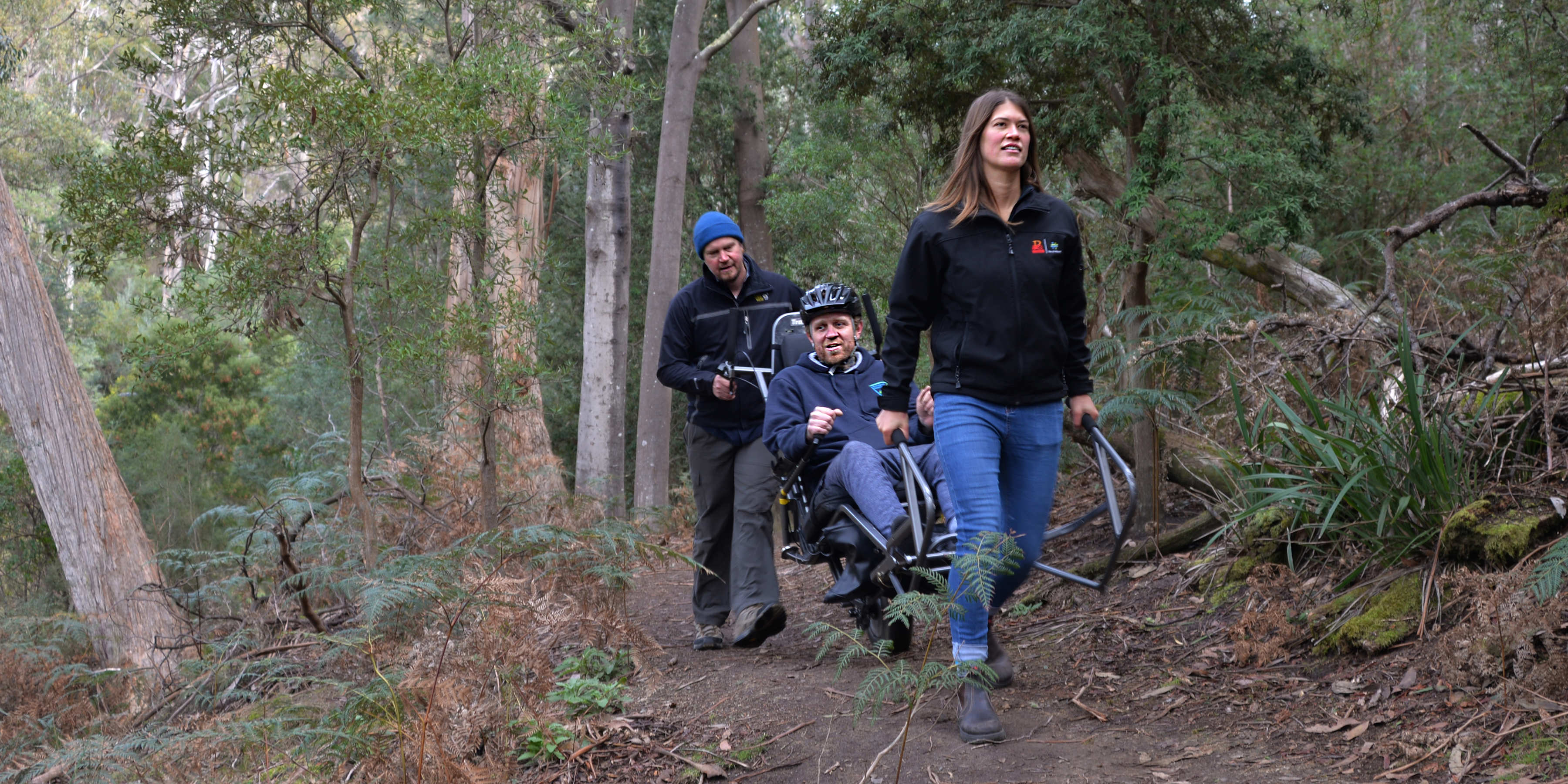State of the Derwent 2022
This ‘Report Card’ summarises monitoring data collected by the DEP and our partners, as well as other relevant…
Tue 27 Jun 2023

This ‘Report Card’ summarises monitoring data collected by the DEP and our partners, as well as other relevant…
Tue 27 Jun 2023

The water quality ratings for 42 beaches and bay sites across greater Hobart were released in June this year.
Fri 26 Aug 2022

We were thrilled to launch the refreshed Greater Hobart Trails website in June, which makes finding accessible tracks and trails in Southern Tasmania a whole lot easier!
Fri 26 Aug 2022

Across Tasmania, agencies continue to work together to assess, investigate and improve how we manage our stormwater and respond to flood events.
Fri 26 Aug 2022

As we all continue to adjust to a new way of working and living through 2021, we are proud of what we have achieved at the Derwent Estuary Program.
Mon 23 May 2022

We are delighted to announce we have new partners for the Derwent Estuary Program – NRM South and the Environment Protection Authority (EPA) Tasmania.
Mon 23 May 2022

Our understanding of river water quality is about to be boosted with a trial of real-time water quality analysers in the River Derwent.
Wed 20 Oct 2021

Despite the challenging year, we are delighted to share with you our five yearly State of the Derwent Report.
Mon 21 Dec 2020

After seven years with the DEP our estuary scientist Sam Whitehead is moving on.
Mon 21 Dec 2020

To find a clean beach to swim at in Hobart this summer, check the DEP Beach Watch report.
Mon 21 Dec 2020

